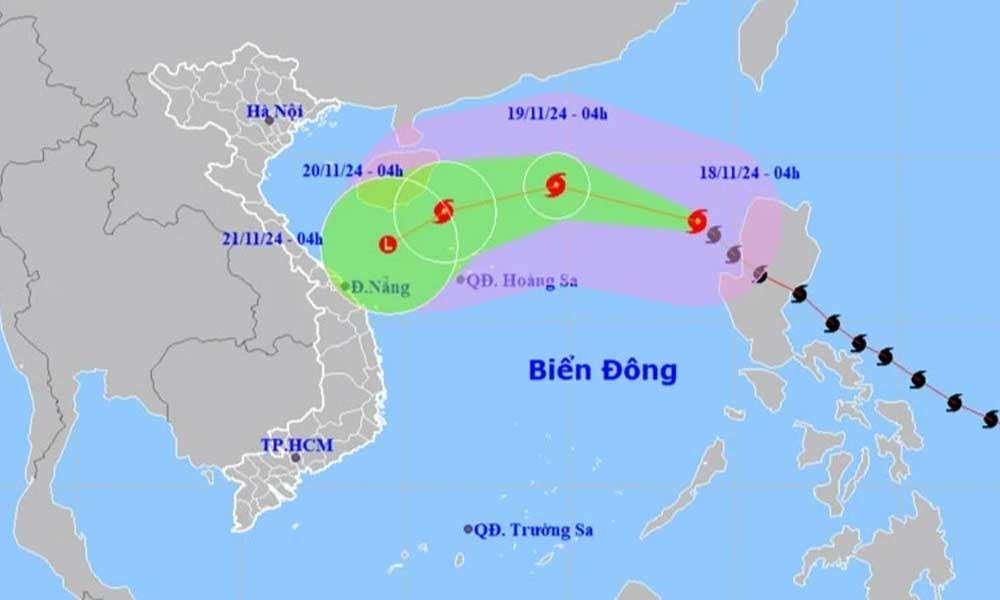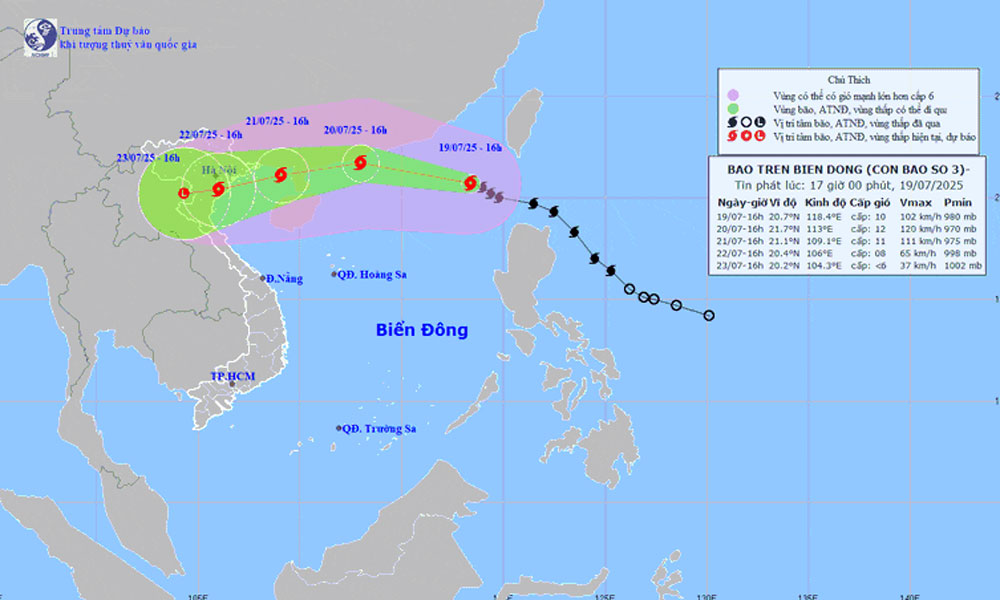Deputy PM demands human lives safety as storm Wipha nears
Deputy PM Tran Hong Ha ordered round-the-clock operations across ministries, agencies, and local authorities, with decisions guided by hourly updates and three-hour forecasts from the National Centre for Hydro-Meteorological Forecasting.
With tropical storm Wipha approaching Vietnam's northern coast, Deputy Prime Minister Tran Hong Ha has urged commune-level Party committees and authorities to put lives first or face accountability for any deaths or property loss due to negligence.
 |
|
Deputy PM Tran Hong Ha speaks at the meeting. |
Addressing a national emergency meeting in Hanoi on July 20, Deputy PM Ha ordered round-the-clock operations across ministries, agencies, and local authorities, with decisions guided by hourly updates and three-hour forecasts from the National Centre for Hydro-Meteorological Forecasting.
He mandated a top-to-bottom review of high-risk zones, directing officials to recalibrate disaster plans using landslide and flash flood risk maps to identify vulnerable areas and at-risk infrastructure. The provincial civil defence committees must be bolstered, with personnel assigned to key locations, he added.
Other specific tasks were also assigned to relevant ministries, the mass media, and telecom providers to ensure a unified response.
Deputy Chief of the General Staff of the Vietnam People's Army Sen. Lieut. Gen Phung Si Tan confirmed that military units, from central to local levels, have been fully deployed with equipment ready to tackle the storm’s fallout.
Deputy Minister of Agriculture and Environment Nguyen Hoang Hiep reported that as of 9am on July 20, Wipha was 670km off the coast of Quang Ninh and Hai Phong. Along with coastal areas of Hung Yen, Ninh Binh, and Thanh Hoa, they are forecast to be hardest hit.
The storm is expected to unleash heavy rainfall from late July 21, with 200–350mm forecast for the northeastern region, Red River Delta, Thanh Hoa, and Nghe An, and some areas potentially seeing over 600 mm until July 23. Other regions could face 100–200 mm rainfall.
To stay ahead, the National Centre for Hydro-Meteorological Forecasting has shifted to hourly storm bulletins since 6 am on July 20, feeding real-time data to keep Vietnam’s defence tight.
 Bắc Ninh
Bắc Ninh













Reader's comments (0)